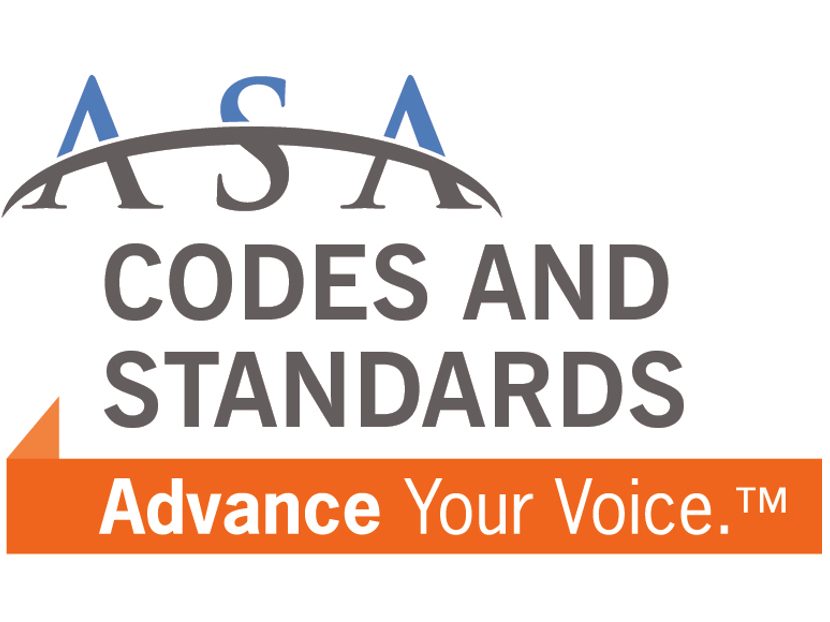ASA Applauds DOE Reversal of Weakened Showerhead Standards

On Dec. 16, the U.S. Department of Energy officially reversed weakened showerhead standards adopted under the previous administration.
Since 1994, showerheads have been limited to a 2.5-gallon-per-minute (gpm) standard, and in 2013 this requirement was amended to ensure the 2.5-gpm standard applies to fixtures with more than one showerhead.
The rules adopted in 2020 allowed each individual showerhead to meet the 2.5-gpm standard (for example, a fixture with three showerheads could use 7.5 gpm), while also exempting body sprays from the standard.
The American Supply Association (ASA), the national trade association representing more than 300 wholesale distributors of plumbing, heating, cooling, pipe, and industrial and mechanical pipe, valves and fittings products, their suppliers and independent manufacturers’ representatives of those products, opposed the weakened showerhead standards since the adoption of the proposed rulemaking would create inconsistency across the U.S. regarding testing of multi-head showerheads and body sprays, cause confusion in the marketplace and negate significant investment costs the industry has taken to comply with the existing DOE regulations and guidance.
Following the adoption of the new requirements, ASA joined the Alliance for Water Efficiency (AWE) and filed a lawsuit when the rules were adopted over our objections.
ASA praises this recent DOE decision.
“ASA is pleased that the DOE has reconsidered this issue and reversed the previous decision,” ASA Director of Codes and Standards Jim Kendzel, said. “ASA strongly supports the use of nationally adopted industry standards related to water efficiency to ensure consistency and a fair market environment.”
In July 2021 remarks related to the AWE suit that ASA became part of, Kendzel stressed the DOE’s redefinition of “showerhead” would have put ASA members at a significant competitive disadvantage.




